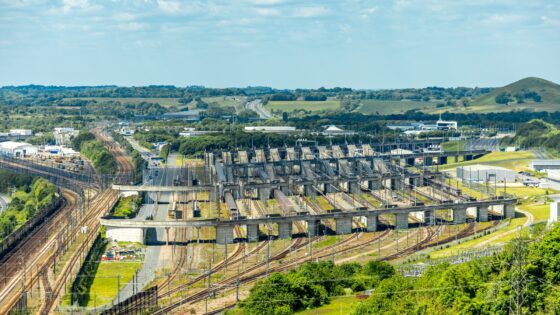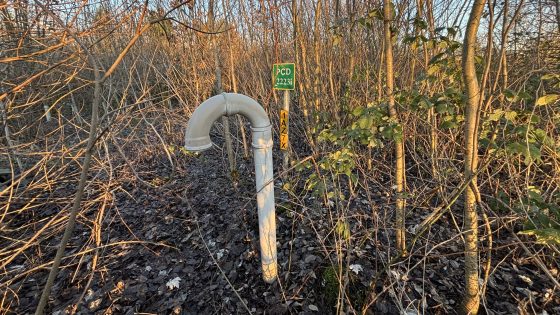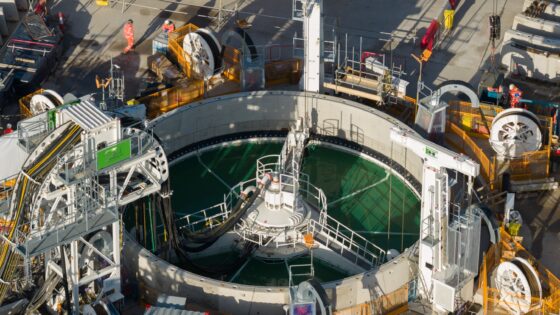CEA and Bielby’s Dynapac fleet: compaction efficiency notes for civil contractors
Reviewed by Joe Ashwell

First reported on Roads & Infrastructure (AU)
30 Second Briefing
Bielby Holdings is expanding its compaction fleet with new Dynapac machines supplied by CEA, building on an 18‑year relationship that began when the contractor first standardised on Dynapac rollers after comparative trials. The latest acquisitions include high-frequency vibratory rollers and soil compactors configured for road and bulk earthworks, aimed at achieving specified densities in fewer passes and reducing fuel burn per cubic metre compacted. For civil contractors, the move signals continued confidence in OEM-supported, single-brand fleets for large pavement and embankment programmes.
Technical Brief
- Bielby’s fleet standardisation simplified operator training, spare parts inventory and maintenance procedures across projects.
- Dynapac units were selected for compatibility with Bielby’s existing road construction and bulk earthworks methodologies.
- Machine selection considered whole-of-life cost, not just purchase price, for multi-year infrastructure programmes.
- OEM-backed telematics and monitoring are used to track utilisation, fuel use and compaction productivity across sites.
- For large construction programmes, single-brand fleets can de-risk downtime and calibration inconsistencies between rollers.
Our Take
Among the 10 Product/Projects-tagged infrastructure pieces in our database, Australia-based items like this one featuring CEA and Dynapac tend to emphasise long-term supplier–contractor relationships rather than one-off equipment trials, signalling that procurement decisions are being framed around lifecycle support and reliability.
An 18‑year collaboration between Bielby Holdings and Dynapac suggests that for Australian civil contractors, compaction and paving fleets are effectively ‘locked in’ over multiple project cycles, which can raise the switching costs for rival OEMs trying to enter or expand in this market.
For CEA as a distributor in Australia, such long-standing OEM–contractor ties are commercially valuable case studies that can be leveraged in bids on major road and infrastructure projects, especially where clients are scrutinising whole-of-life performance and service backing rather than upfront capex alone.
Prepared by collating external sources, AI-assisted tools, and Geomechanics.io’s proprietary mining database, then reviewed for technical accuracy & edited by our geotechnical team.


